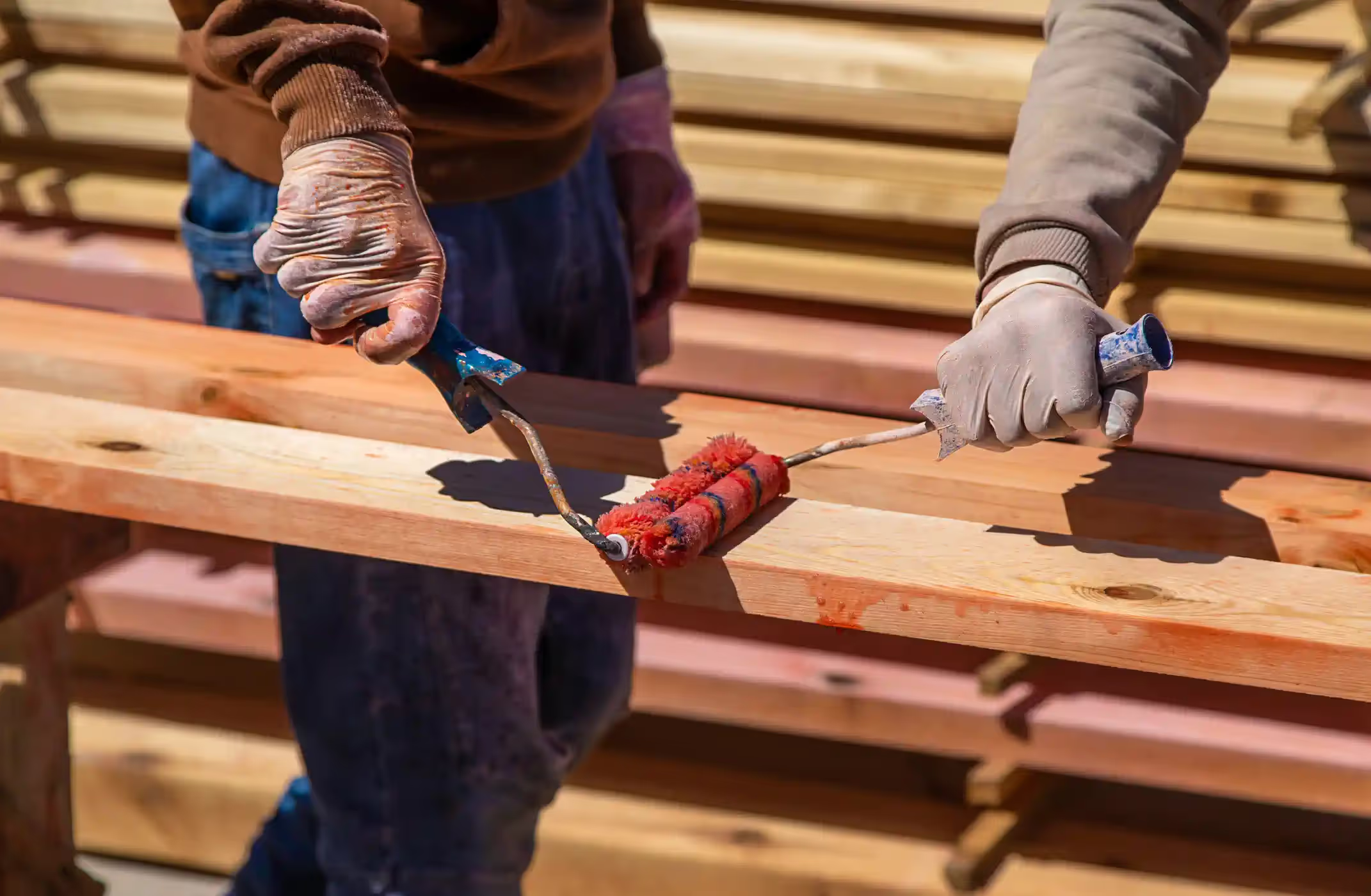

Termite Treatment in Hudson, TX
Powerful termite treatment in Hudson, TX from Spot On Pest Control, LLC. Protect your home’s structure. Contact us today to schedule expert inspection.

Spot On Pest Control, LLC understands the severe risk termites pose to homes in Hudson, TX. Termites are a leading cause of structural damage in East Texas, and Hudson homes are particularly vulnerable because of the humid climate, abundant timber, and seasonal rainfall. If you suspect activity, prompt, professional termite treatment in Hudson, TX protects structural integrity, preserves property value, and reduces long-term repair costs. This page explains how inspections and treatments work, the available options, timelines, warranties and monitoring, plus prevention strategies tailored to Hudson’s conditions.
Common Termite Issues in Hudson, TX
- Subterranean termites: The most common threat in Hudson. They build mud tubes from soil to wood and need soil moisture to survive.
- Drywood termites: Found in drier, exposed wood like roof framing, decking, or attic lumber; may require different treatments such as localized wood treatment or fumigation.
- Moisture-related entry points: High humidity, poor drainage, and wood-to-soil contact increase risk.
- Hidden structural damage: Termites often consume wood from the inside out, leaving superficial surfaces intact while internal damage progresses.
Understanding the type of termite and the extent of damage is essential for choosing an effective treatment and repair strategy.

Inspection Process and Structural Risk Assessment
A comprehensive termite inspection in Hudson, TX typically includes:
- Visual interior and exterior inspection of accessible areas, including crawlspaces, attics, basements, and around the foundation.
- Identification of active mud tubes, frass (drywood termite droppings), swarms, discarded wings, and hollow-sounding wood.
- Moisture mapping and identification of conditions that promote infestation, such as poor grading, clogged gutters, or leaking plumbing.
- Structural risk assessment that rates affected areas by severity, identifies load-bearing members at risk, and outlines immediate stabilization needs.
- Clear documentation of findings with recommended treatment options and anticipated repairs.
Inspections commonly take 30 to 90 minutes depending on home size and accessibility. Accurate assessment is the foundation for targeted, cost-effective treatment.
Treatment Options Explained
Treatment selection depends on termite species, infestation severity, structure type, and homeowner priorities. Common professional options include:
- Liquid barrier treatments
- Applied to soil around the foundation to create a continuous treated zone that prevents subterranean termites from reaching wood.
- Can be used for new construction or existing homes; requires trenching or rodding in certain locations.
- Effective as part of an integrated strategy when applied correctly and maintained. - Baiting systems
- Installed around the property perimeter in monitoring stations that contain cellulose baits with slow-acting active ingredients.
- Termites feed on bait and share it through the colony, gradually reducing or eliminating it.
- Best for ongoing monitoring and long-term colony management; can be slower to show full effect than liquid barriers. - Localized treatments
- Direct wood treatment (liquid or foam injections) for spot infestations in beams, joists, or exposed framing.
- Borate treatments for preventative protection of new or replaced wood.
Heat or spot fumigation for isolated drywood infestations in specific structural elements. - Whole-structure fumigation
- Reserved for extensive drywood termite infestations where colony elimination throughout a structure is required.
- Requires short-term evacuation and professional handling; effective against drywood termites that live inside wood and are unreachable by soil-based treatments.
Combination approaches are common: for example, a liquid barrier to stop subterranean entry plus baits for monitoring and localized wood treatments for interior damage.
Repair Coordination and Restoration
Termite treatment and repair are distinct steps. A typical coordination process:
- Prioritize structural stabilization for compromised load-bearing members.
- Repair or replace damaged framing, sheathing, flooring, or trim using termite-resistant materials or treated lumber.
- Apply preventative measures during repairs, such as borate-treated replacement wood and improved moisture control.
- Provide documentation of claims-ready photos and repair estimates if needed for insurance or real estate transactions.
Timely coordination between pest control professionals and licensed contractors ensures repairs are done correctly and do not compromise termite treatment effectiveness.
Prevention Measures for Hudson Homes
To reduce recurrence and lower risk in Hudson’s humid environment:
- Eliminate wood-to-soil contact: maintain a 6-inch clearance between soil and wood siding or framing.
- Improve drainage and grading: slope soil away from foundation, repair gutters, and direct downspouts away from the house.
- Remove wood debris and stumps close to the structure, and store firewood off the ground and away from the home.
- Maintain crawlspace ventilation or install vapor barriers and dehumidifiers to reduce moisture.
- Use termite-resistant materials for decks, porches, and replacement lumber.
- Schedule regular inspections and maintain monitoring stations if installed.
Proactive measures significantly reduce the chance of future infestations and are especially important in coastal plain and East Texas climates.
Typical Timelines and What to Expect
- Initial inspection: 30 to 90 minutes.
- Liquid barrier application: usually completed in one day; site may require minor landscaping repair after.
- Baiting system setup: stations installed in one visit; it may take weeks to months to eliminate the colony depending on activity.
- Localized wood treatments: typically one day for accessible areas.
- Whole-structure fumigation: 24 to 72 hours including preparation and airing out; re-entry times vary by protocol.
- Repair work: varies widely based on damage extent; structural repairs can take days to weeks.
Expect clear documentation at each step, and professional teams will explain any temporary precautions such as restricted access to treated areas.
Warranty and Monitoring Plans
Professional termite services often include:
- Limited-term re-treatment warranties that cover return visits if activity resumes within the warranty period.
- Ongoing monitoring plans with periodic station checks (quarterly, biannual, or annual) and documented inspections.
- Transferable warranties in some programs that can be useful during property sales.
- Options for extended coverage that combine retreatment guarantees with repair coordination support.
Warranty terms vary by provider and the chosen treatment method; review coverage details, what triggers re-treatment, and any homeowner maintenance responsibilities.
Your Best Defense Against Termite Trouble
Taking decisive action after signs of activity and choosing the right treatment strategy for your home and the termite species present provides the best long-term protection. Regular inspections, moisture control, and targeted treatments aligned with Hudson’s environmental conditions will preserve your home’s structure and value.
Whether you're interested in Maintenance Plans, Financing Options, or a Special Offer on termite treatment, Spot On Pest Control, LLC offers customized solutions that suit your needs and budget. Schedule an inspection today and safeguard your Hudson home from costly structural damage.
Frequently Asked Questions
Q: How quickly can termites cause serious damage?
A: Subterranean termites can cause measurable damage within months in favorable conditions, but significant structural failure often takes years. Early detection and treatment limit damage and repair scope.
Q: Can I treat termites myself?
A: DIY options exist for very localized drywood infestations or as a preventative measure, but professional inspection and treatment are recommended for accurate species ID, colony elimination, and structural risk assessment.
Q: Will homeowners insurance cover termite damage?
A: Most standard homeowner policies exclude termite damage as a maintenance-related issue. Documenting inspections and repairs is important for other types of claims or real estate transactions.
Q: How often should I have inspections in Hudson, TX?
A: Annual inspections are recommended for most Hudson homes; high-risk properties or those with previous infestations may require more frequent checks.
Q: Are treatments safe for pets and family?
A: Modern treatments are applied according to safety protocols. Professionals use products and methods designed to minimize exposure; follow preparatory instructions for fumigation or other specific procedures.
Our Services
Our pest control services cover ants, termites, bed bugs, rodents, mosquitoes, and other common pests, with customized solutions for both residential and commercial properties.
.png)



